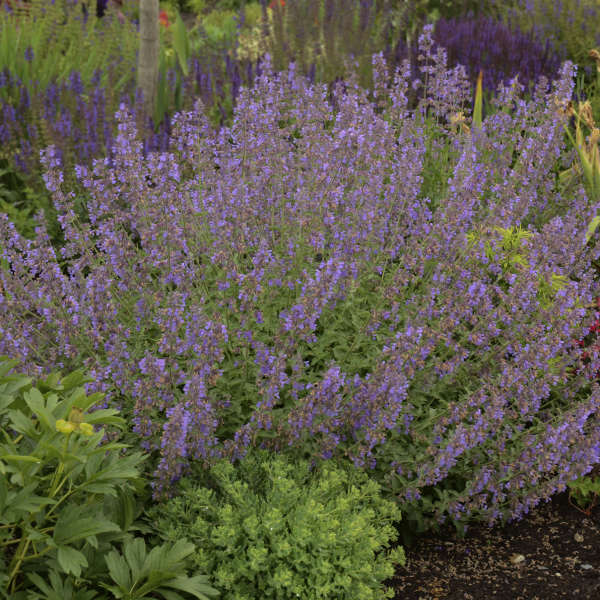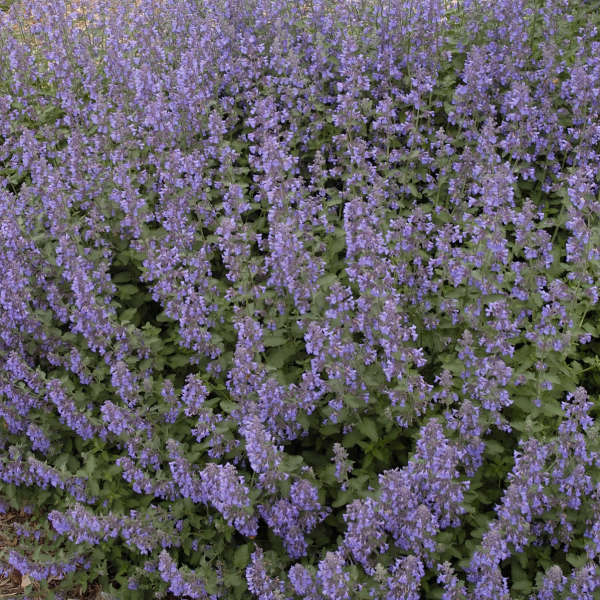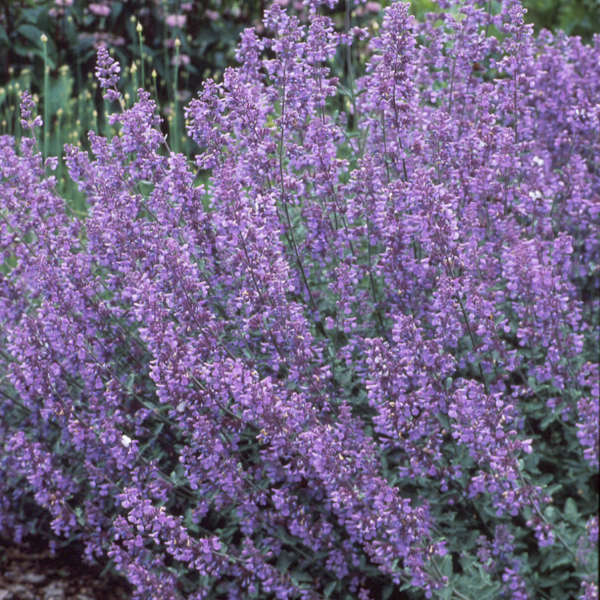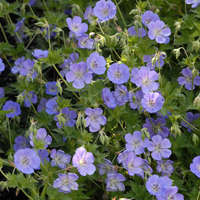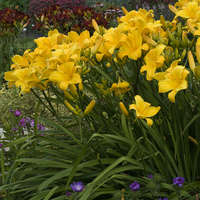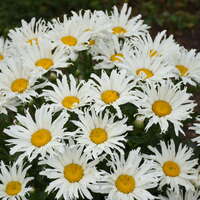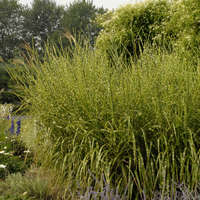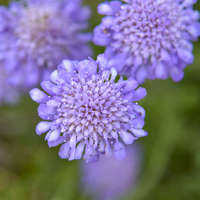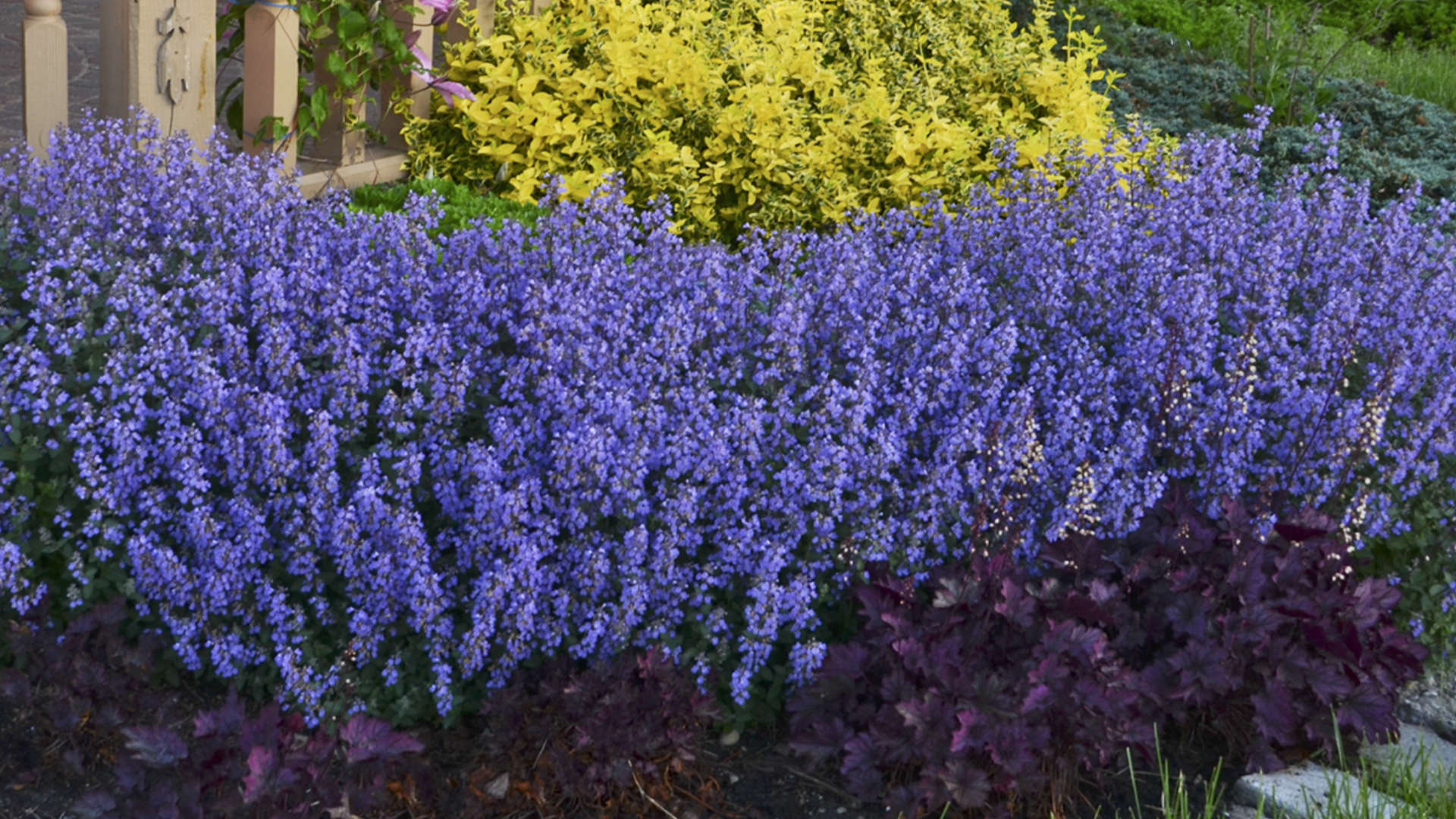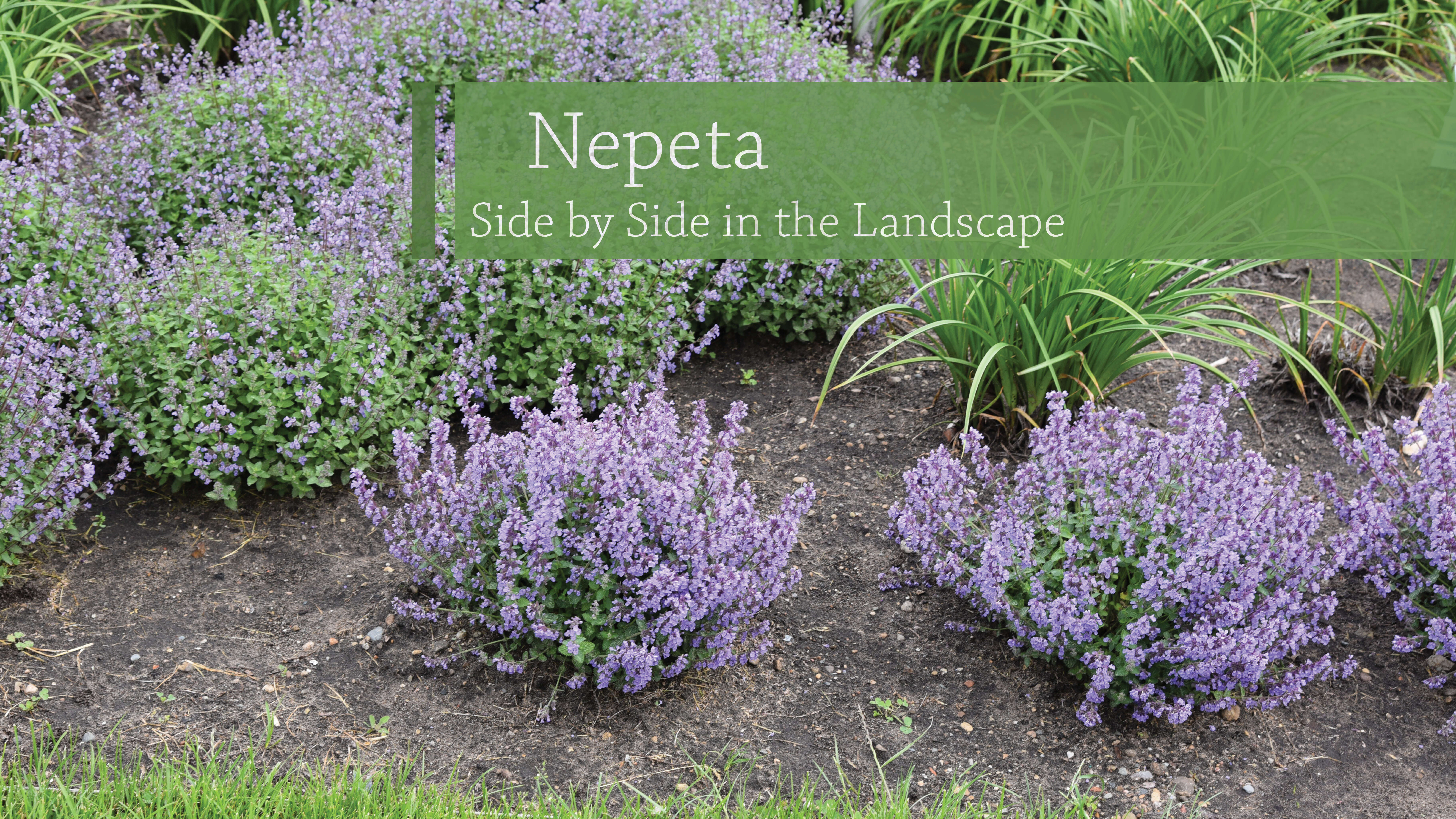Growing Temperature:
64-68° F.
Holding Temperature:
55-60 degrees F
Soil PH:
6.0-6.6
EC (What is EC?):
1.5-2.0 pour through method
Fertility:
Light to moderate feeders. Incorporate controlled release fertilizer into growing media at a rate equivalent to 1 pound nitrogen per yard of medium. Another method is using a water soluble fertilizer at a rate of 100-150 ppm nitrates to the crop each watering.
Vernalization:
Not required but is cold-beneficial. Provide 6-9 weeks of cold.
Pests & Diseases:
Aphids, leafhoppers, slugs, snails, spider mites, thrips, and whiteflies. Rot(Sclerotium), powdery mildew (Erysiphe), leaf spots, bacterial leaf spot (Pseudomonas), stem and root rots, mosaic virus, and Fusarium wilt are diseases to watch for on Nepeta.
Potting & Timing:
Nepeta are fast finishing and can be planted in early spring to late summer.
Moisture:
For potting soil use professional planting media.
Requires low levels of moisture, often considered drought tolerant.
Water in thoroughly when first planted and then when the soil in the bottom of the drain holes feels dry to the touch.
Planting Level:
Place crown of plant just below soil level.
PGRs/Pinching:
Apply 2-3 spray applications of Bonzi, Paczol or Piccolo (paclobutrazol) at 30 ppm or Concise or Sumagic (uniconazole) at 5 ppm at 7-10 day intervals beginning when the plants are 4-6 inches high. Plugs benefit from a pinch shortly after transplanting.
Lighting:
Requires long days to flower.
